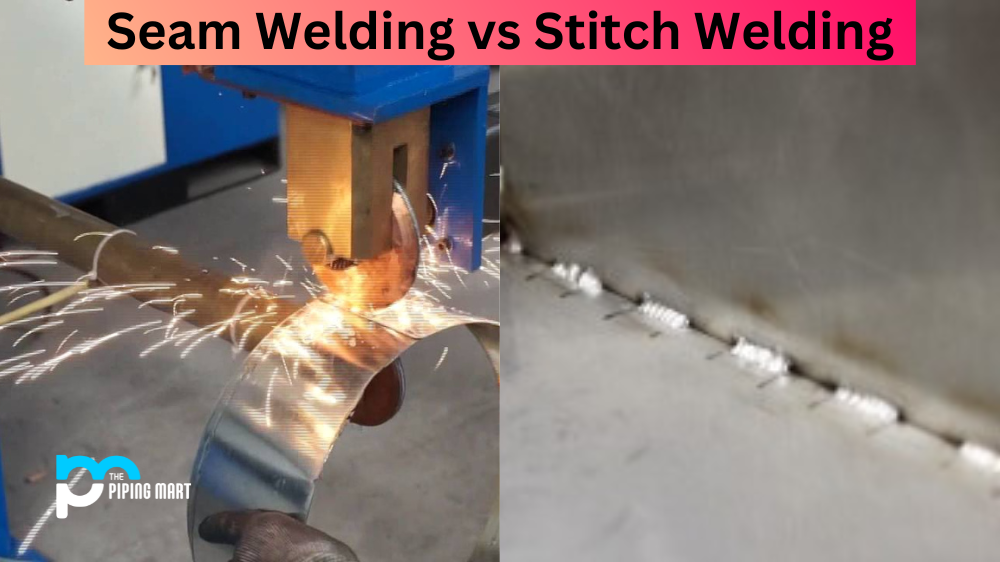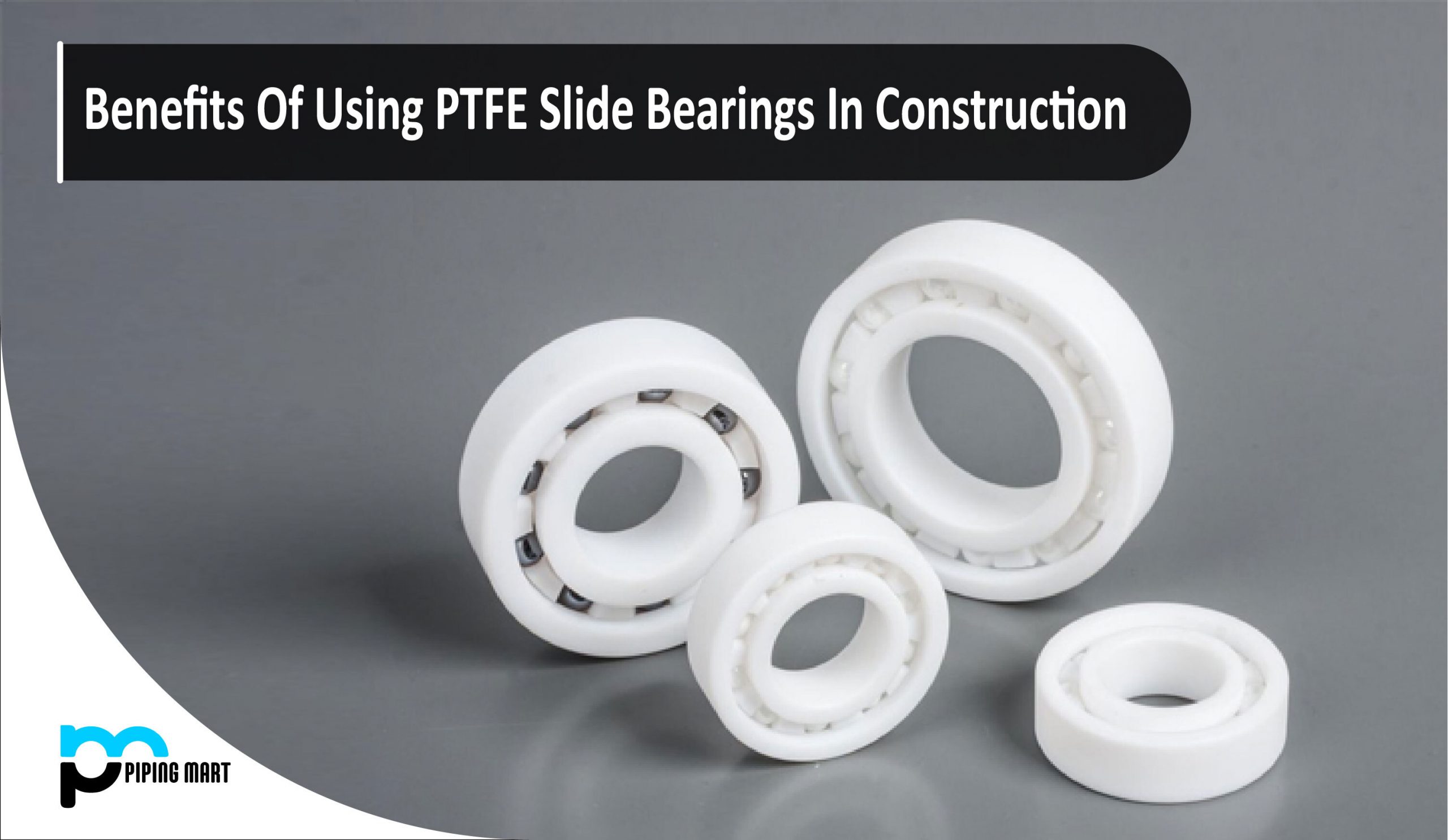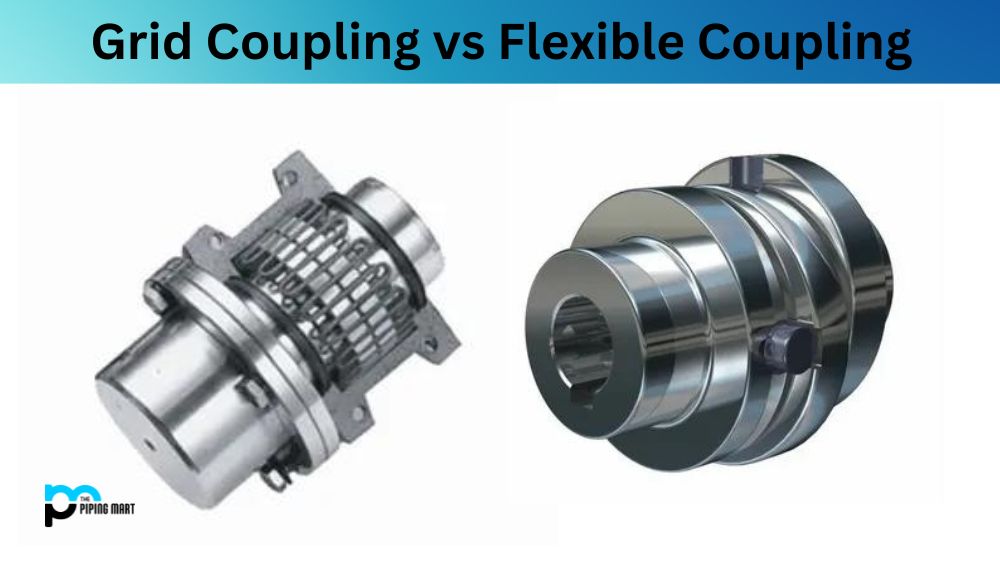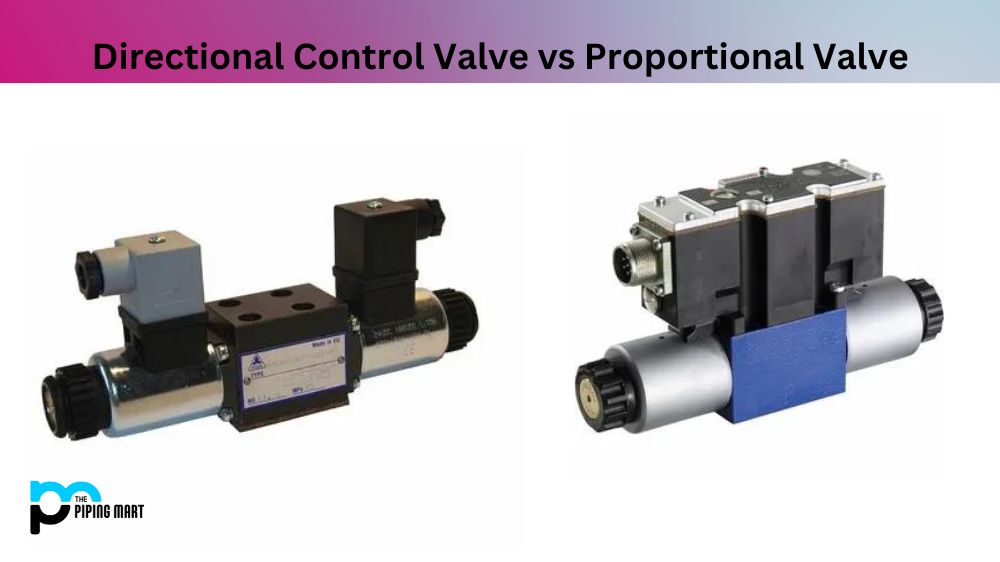As a website owner or SEO newbie, you may have heard of seam welding and stitch welding. Seam and stitch welding are two distinct techniques that can be used to weld metal materials together. Although both methods produce strong joints, there are key differences between them—differences that could determine which method is best for your project. Let’s take a look at the similarities and differences between seam and stitch welding, as well as how they can be used in different projects.
How They Work
Seam welding involves the use of a continuous current applied to the two metal surfaces being joined. This current is passed through electrodes that are pressed against the edges of the metal sheets. The electrical current melts the edges of the metals, creating a strong connection when cooled. Seam welding produces high-quality, uniform welds with no start/stop points, making it ideal for long welds in production lines or for joining flat pieces of sheet metal together.
Stitch welding is similar to seam welding in that it also involves passing an electrical current through electrodes to create a joint between two pieces of metal. Unlike seam welding, however, stitch welding uses a pulsed electrical current that is turned on and off in short bursts (hence the name “stitch”). This technique is often used to join thicker metals because it provides more control over how much heat is applied to each spot being welded. It’s also great for joining hard-to-reach areas where access is limited due to obstructions or complicated geometry.
When To Use Them
Because seam and stitch welding have different advantages and disadvantages, it’s important to consider which technique might be best for your project before beginning work. Seam welding works best on thin metals such as sheet steel since it produces long continuous welds without interruptions; this makes it ideal for large production jobs like automobile body panels or other long sections of sheet metal. Stitch welding is better suited for thicker metals such as structural steel beams or pipes because its pulsed current allows you to control how much heat is applied at each point; this makes it useful for joining awkward shapes or small areas where access may be limited due to nearby obstructions.
Difference Between Seam Welding and Stitch Welding
- Seam welding is a type of welding that joins two pieces of metal together by heating the metal along the seam.
- Seam welding is faster than stitch welding and can be used to weld thicker materials.
- Seam welding produces a stronger joint than stitch welding, making it ideal for applications where strength is critical.
- Seam welding is more expensive than stitch welding, as it requires special equipment.
- Seam welding is not suitable for all applications, as it can cause distortion in thin materials.
Conclusion:
In conclusion, seam and stitch welding are both effective methods of joining two pieces of metal together, but they each have their own advantages and disadvantages depending on what kind of project you’re working on. Seam welding works well on thin sheet metals, while stitch welding works better with thicker steels like structural beams or pipes due to its ability to control heat input more precisely than continuous currents do. As website owners or SEO newbies, understanding these differences will help you decide which type of weld will work best for your project!

Pipingmart is a B2B portal that specializes in metal, industrial and piping items. Additionally, we share the latest information and information about materials, products and various types of grades to assist businesses that are involved in this business.




